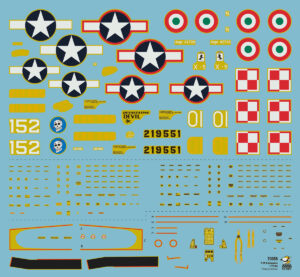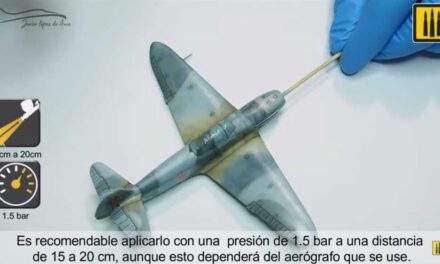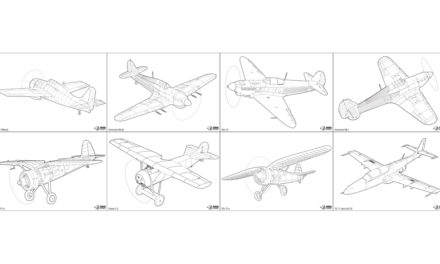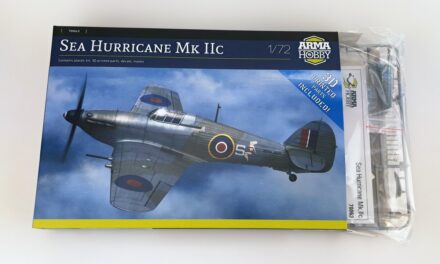It is a tradition that while waiting for the première of a new Arma Hobby kit, modellers try to guess what aircraft it will be this time. Usually, types that have some connection with Polish military aviation or Polish airmen are mentioned in first order.
The Aircobra was never flown by a Polish combat unit, while individual Polish pilots had rather limited contact with the fighter, mainly in the course of ferry flights and post-repair flights. Witold Urbanowicz, an ace from the Battle of Britain, is said to have trained on the type during his period of stay in the USA, where he served as the Deputy Air Attaché. An Aircobra – adorned with white and red checkerboards – that is quite well known in Poland is the personal aircraft of General Fyodor Petrovich Polynin, a citizen of the USSR who, duly delegated by Stalin, commanded the Polish “people’s” Air Force from October 1944 to the end of May 1947.

And we have known for about two years that one other aeroplane of the type also carried white and red checkerboards (as well as the number “20”), however no details regarding its identity have been established.
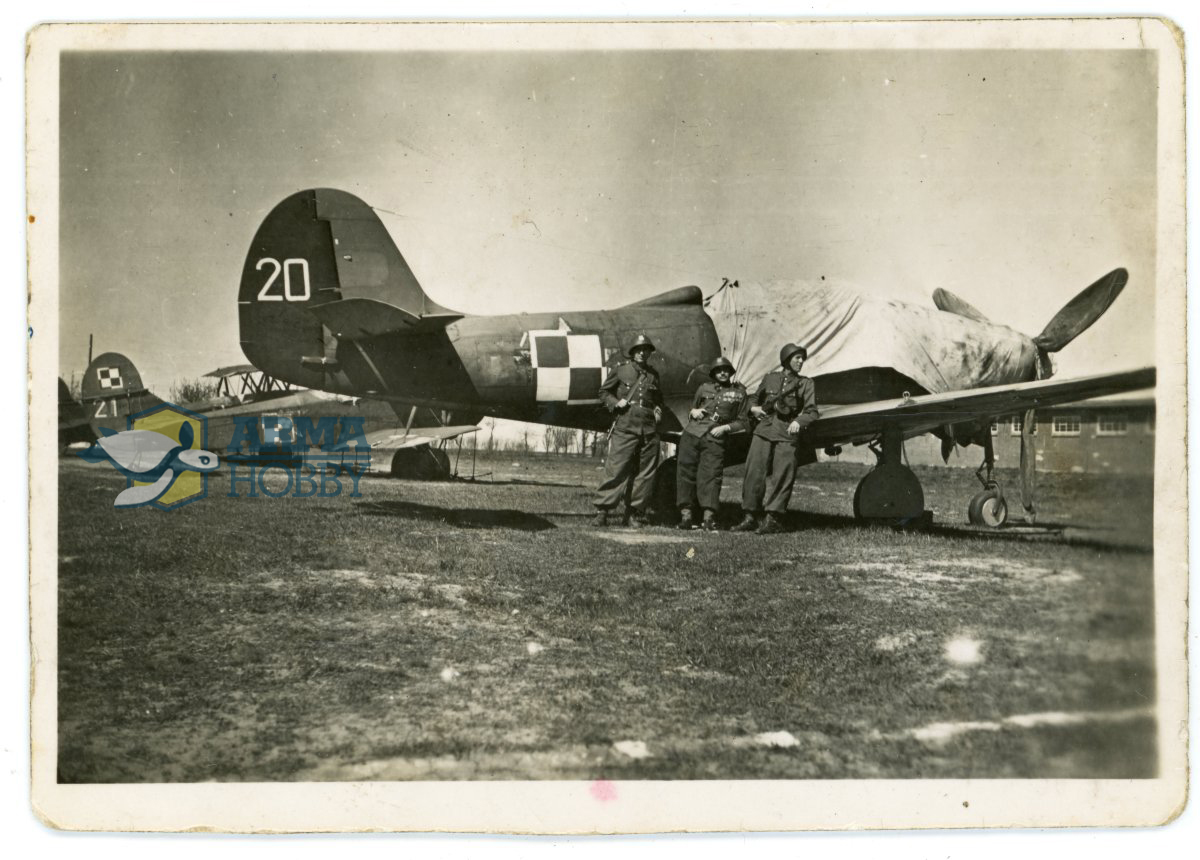
Photo from the Daniel Buszyński’s collection
The Polish Aviation Museum in Kraków has the wing of a third aircraft in its collections, but we know that it never bore Polish markings and was only used as an instructional aeroplane by a civilian technical school.
And that is all that connects this fighter type with the history of Polish military aviation.
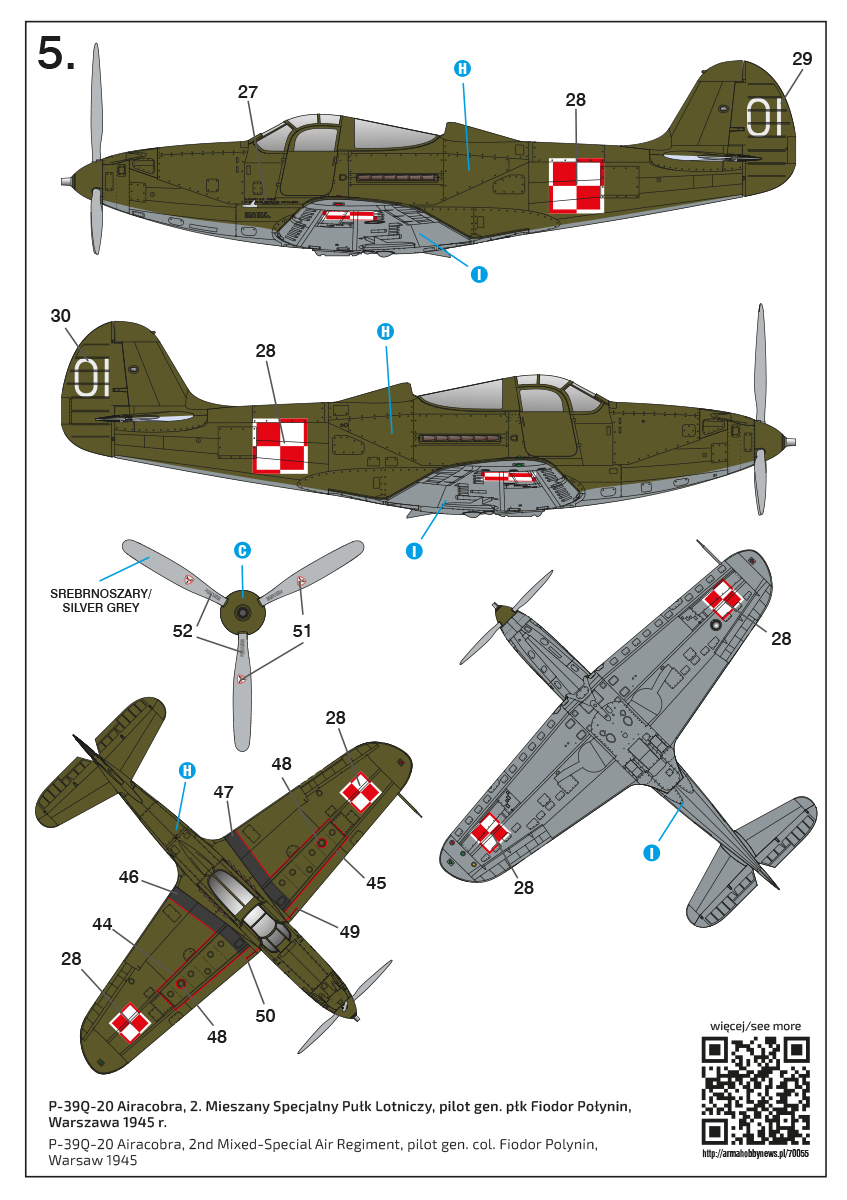
Immediately after Arma Hobby revealed the paint schemes included in the Aircobra kit, someone expressed surprise that our proposed representation of General Fyodor Polynin’s personal aircraft has a uniform factory finish. For a dozen or so years now, Polish modellers have been convinced that this best-known Polish Aircobra was a more colourful “bird”, and had a red rudder, while both the vertical stabilizer and rear portion of the fuselage were painted yellow.
Thus, I was tasked with explaining our selection and outlining the current state of knowledge about the fighter’s paint scheme.
When, more than 40 years ago, I first learned about the Aircobra with white and red checkerboards, there was an ongoing discussion about its markings and finish. At the time, only one photograph of the aeroplane was known; it had been printed by Andrzej Morgała in his two books published towards the end of the 1970s.

Photograph from “Samoloty myśliwskie w lotnictwie polskim”, A. Morgała, 1979.
Although Morgała captioned the photograph with a description of the aeroplane’s colours, informing that the tail was painted yellow and the rudder red, Tadeusz Królikiewicz in his “Polski samolot i barwa”, published at the beginning of the 1980s, as well as Piotr Bartoszewski in the booklet from the series Typy Broni i Uzbrojenia (the most accessible source of knowledge for modellers at the time) – with the latter clearly patterning himself after the former – presented a different interpretation, stating that the tail had been painted in the same colour as the underside. Finally, the first Polish P-39Q kit on a scale of 1/72, a vacuform released in 1985 by Miniplast, copied the information provided by these most popular sources.
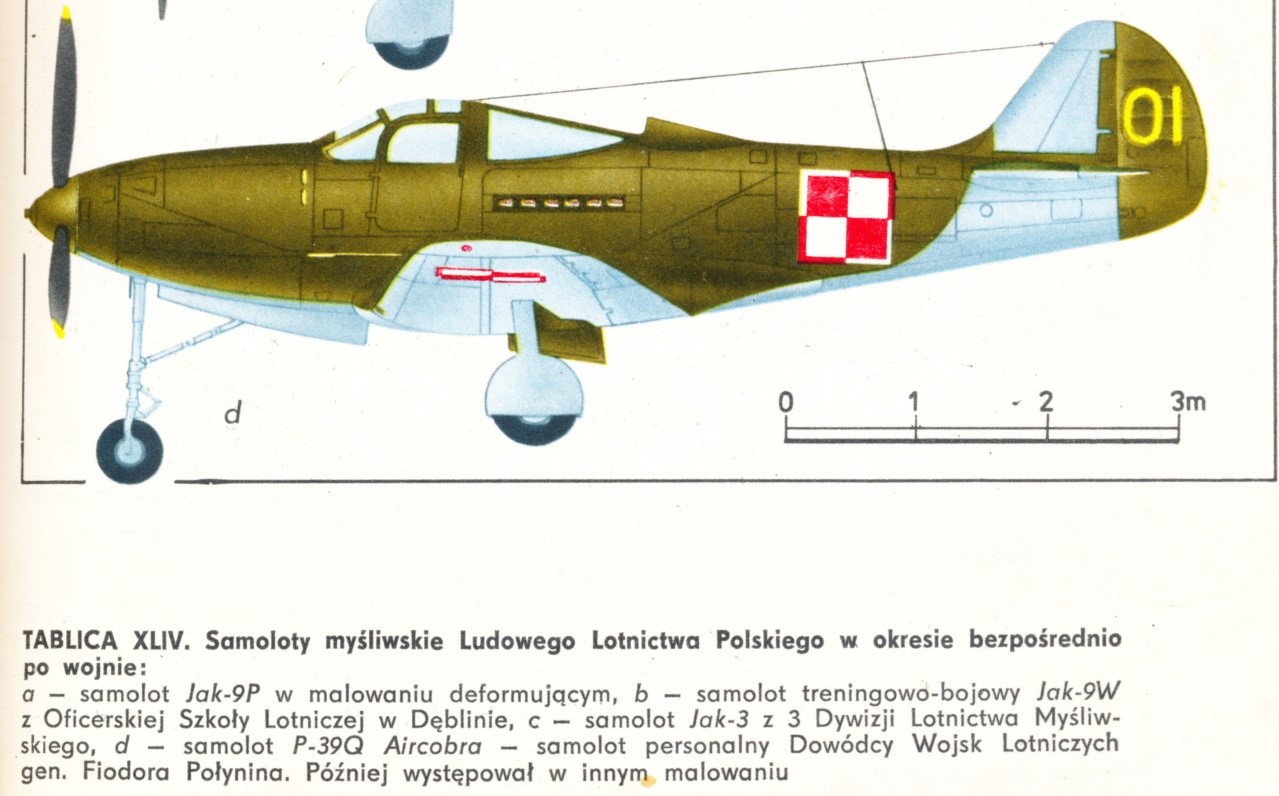
A scan from Tadeusz Królikiewicz’s book “Polski samolot i barwa”. It is significant that the author stressed that during its period of service the aircraft had various paint schemes.
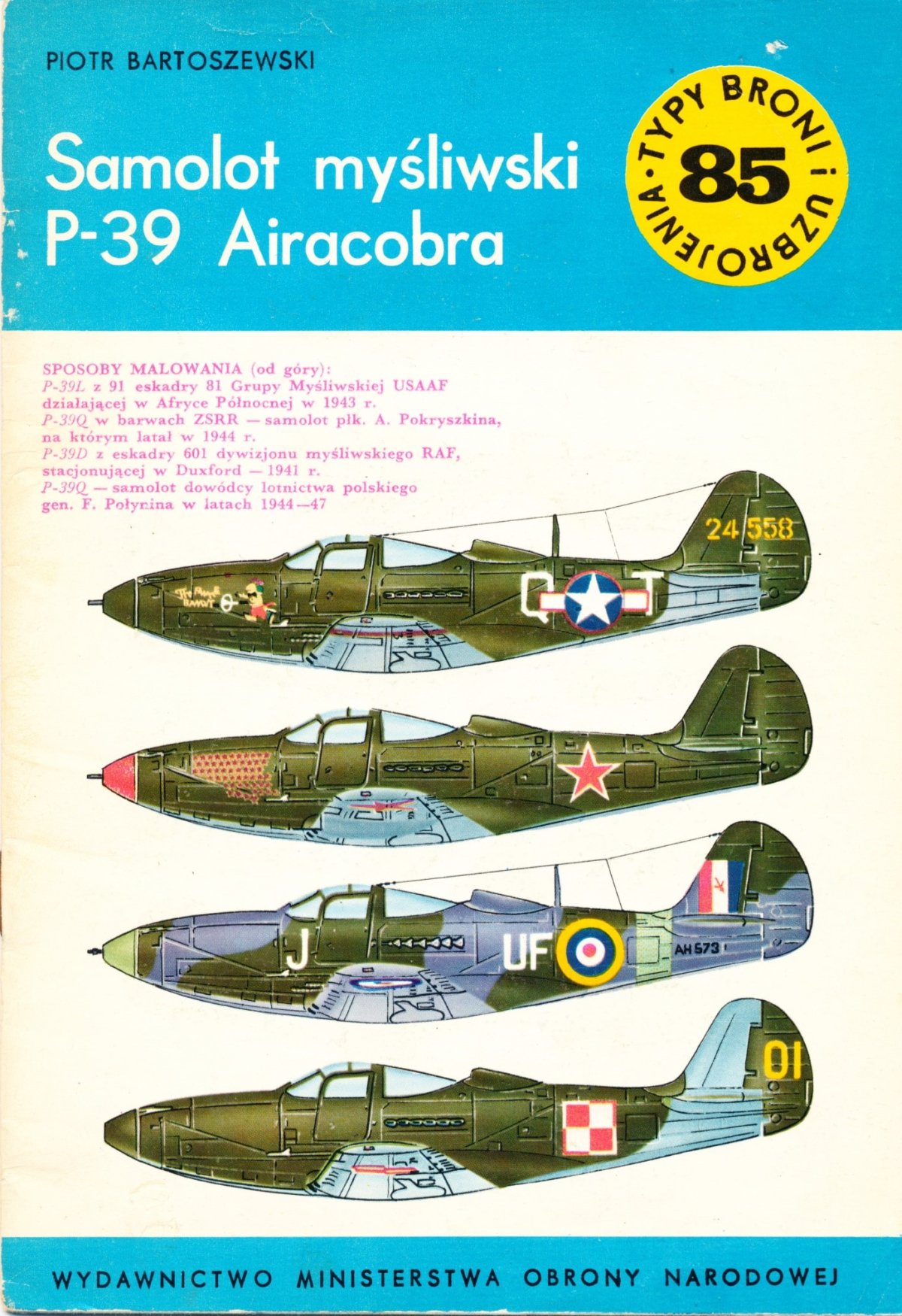
Both the authors of TBiU from 1983…

…and the designers of the paint scheme used in the Miniplast kit opted for Tadeusz Królikiewicz’s interpretation.
Consensus was lacking, however, and it was only in 2007 that Andrzej Morgała decided to play his trump card and settle the matter of the colour of the tail. Accordingly, in “Lotnictwo z Szachownicą”, he published a description of the aircraft given by Corporal Adam Borowczyk, a former student of the Technical Aviation School in Boernerowo who in the late 1940s had the opportunity of inspecting the aeroplane that was used there as an instructional aid. Adam Borowczyk had most certainly seen the aircraft in question, for he even took a photograph of himself sitting in its cockpit, and his testimony is all the more compelling as in his later years he devoted himself to aviation model-making and doubtless had the gift of observation specific to modellers. Borowczyk’s description, cited by Morgała, is as follows: “The aeroplane was covered with the original American paint, which had been sprayed on at the Bell plant. The upper surface was in a faded khaki, similar to faded autumnal grass. It could be described as olive with a significant sandy hue. The underside was grey-blue, light-coloured. On the left, on the underside of the front part of the fuselage, was the number block, inscribed in red: US ARMY AIR FORCE P-39-Q-21-BE SERIAL NO A.C. 44-3… The vertical stabilizer and the stripe on the fuselage beneath it were yellow. The rudder was red, and the number “01” was yellow (or white?).”
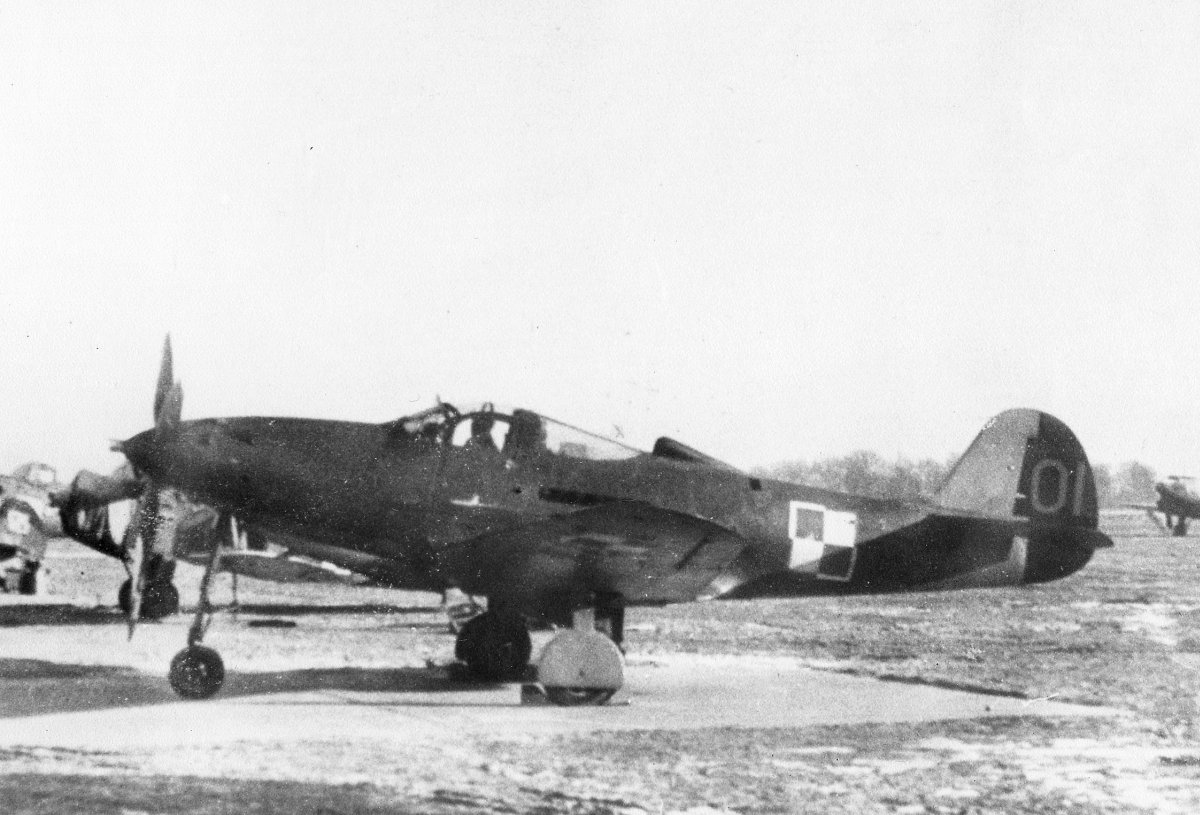
In my opinion, this description was put together on the basis of recollections and photographs. Is it absolutely true to reality? It [the Polish original] has typos, does not provide a full serial number, and contains an obvious error: the number block was always black, never red. The author’s irresolution as to the colour of the tactical number on the rudder can be ascribed to the fact that the yellow paint had peeled off, revealing the original white. But we do not know why the aircraft would have had a Q-21 series number, for it did not have a four-bladed propeller. Or maybe Borowczyk was right in this regard, and it was a Q-21 whose original propeller had been replaced with a four-blade model? The description is brief, and yet it contains quite a few inaccuracies. There is no doubt, however, that the aircraft had the original paintwork throughout its entire period of service. Regardless of Borowczyk’s oral testimony, this is proved by the operational markings and the number block visible in the photograph – had the aeroplane been repainted, they would surely have disappeared.
Has the testimony provided by Morgała convinced everyone? Probably not Tadeusz Królikiewicz. In the next edition of “Polski samolot i barwa”, published in 2016, he wrote only that “the colour scheme of the aeroplane continues to arouse controversy”, without citing Morgała’s arguments.
Nevertheless, in my opinion, Morgała’s version, recently cited in “Polish Fighter Colours” (MMP Books, 2021), seems to be the most probable and is lent credibility by the oral statement. Controversy does still surround the issue of what paint exactly was used on the tail. Described as yellow by Morgała, it could have been a Zinc Chromate primer – or a different colour from among those used by the Soviet Air Force. This remains – and probably always will remain – the subject of conjecture.
When choosing the paint scheme for the Aircobra kit, we could not afford such irresolution. The instruction had to propose a specific colour for the tail. Thus, we decided to avoid controversy and chose a less attractive, uniform paint scheme, the existence of which is confirmed by one of the photographs. However, because the decal sheet also contains a yellow tactical number “01” – just like the one that was later placed on the red-coloured rudder – each modeller can try to recreate the paint scheme of the more colourful version on his own, selecting the colour that suits him best, and its scope.
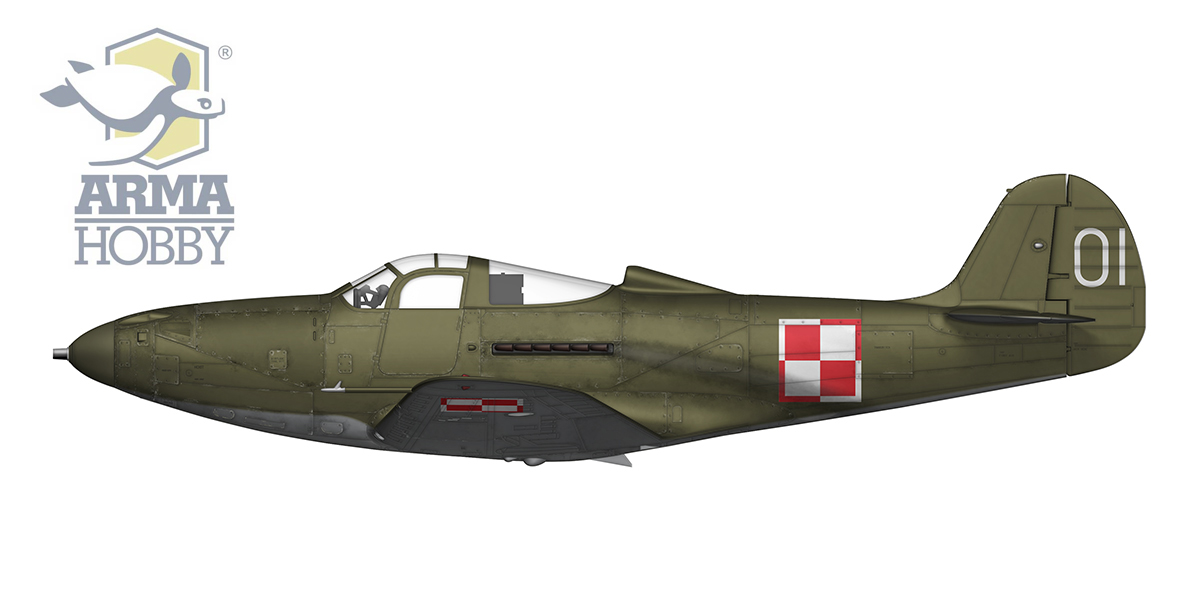
Another contentious issue concerning the markings of this aircraft was the presence of checkerboards on the upper surfaces. The three known photographs show the aeroplane from the left, which makes it impossible to confirm their presence. Help came from an unexpected source. A careful observation of aerial photographs of Okęcie, taken in 1945, revealed the characteristic silhouette of an Aircobra with bright patches on its wings – undoubtedly checkerboards. These pictures are available on the website of the Office of the Capital City of Warsaw, in the maps and historical aerial photographs tabs, and also on Google Earth.

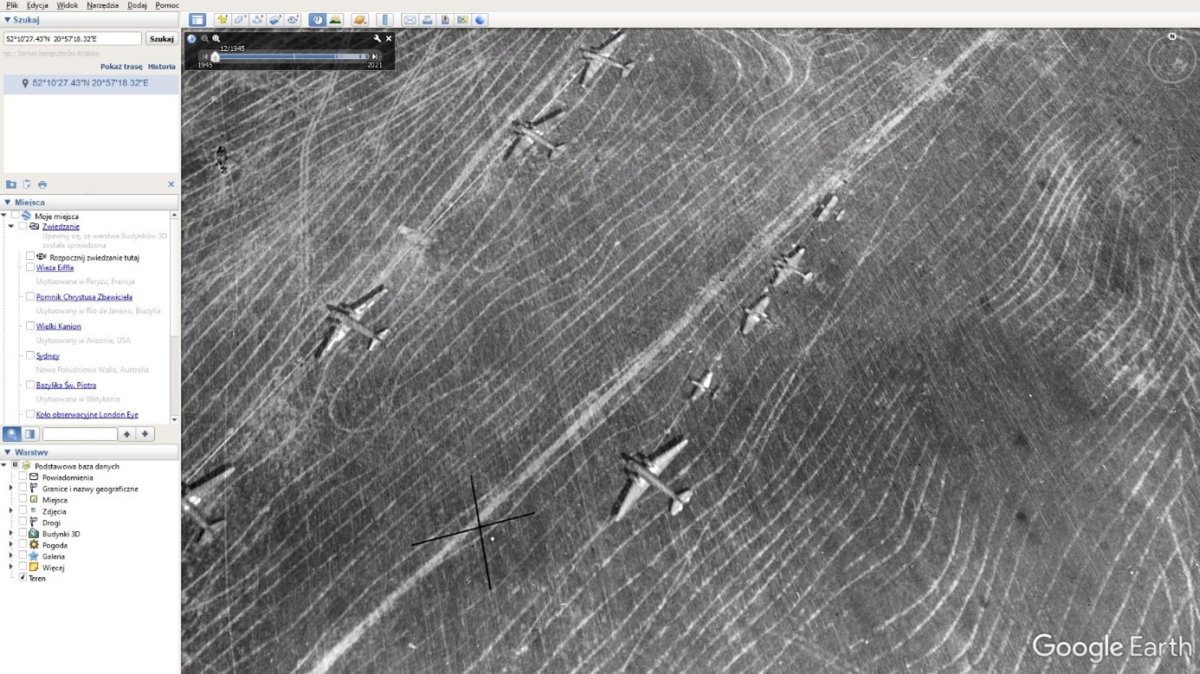
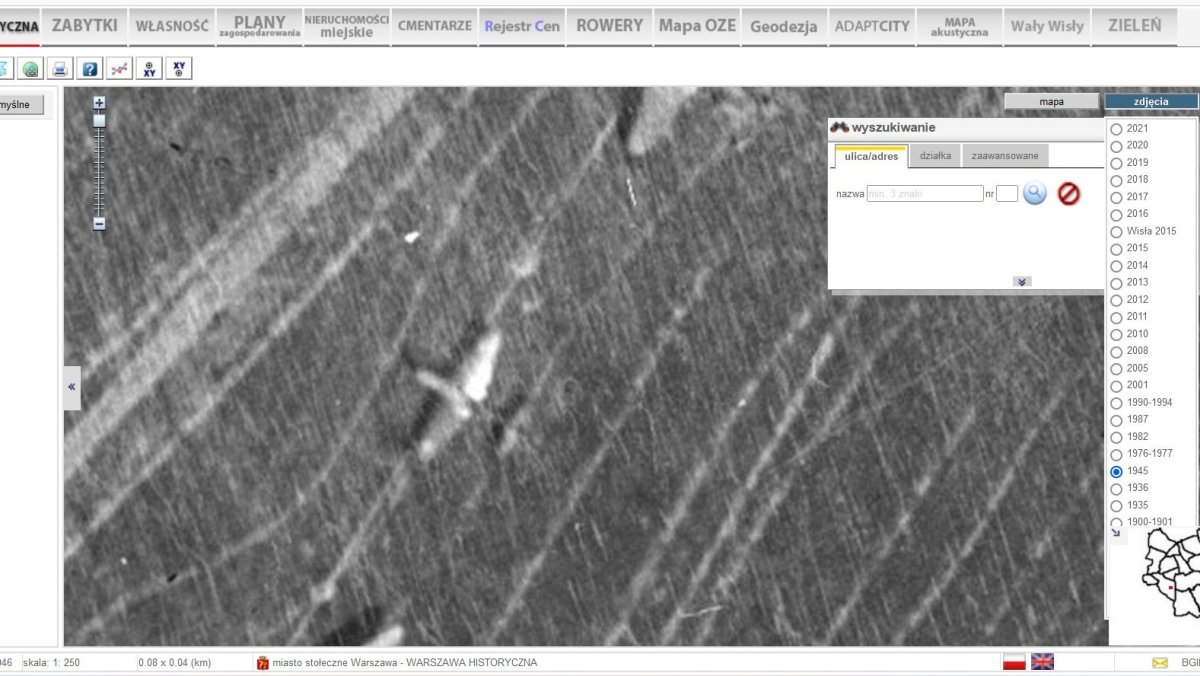
Bibliography
- Andrzej Morgała. Polskie Samoloty Wojskowe 1939 – 1945. 1977
- Andrzej Morgała. Samoloty myśliwskie w lotnictwie polskim. 1979
- Andrzej Morgała. Airacobra w lotnictwie polskim. „Lotnictwo z Szachownicą” nr 22 (2/2007)
- Tadeusz Królikiewicz. Polski samolot i barwa. 1981
- Tadeusz Królikiewicz, Robert Gretzyngier. Polski samolot i barwa 1943-2016. 2016
- Полынин Фёдор Петрович. Боевые маршруты [Fiodor Piotrowicz Połynin. Wojennyje marszruty]. 1972
- Polish Fighter Colours 1939-1947. vol. 2. Praca zbiorowa. (chapter Airacobra by Wojciech Zmyślony, Zbigniew Kolacha) MMP/ Stratus, Sandomierz 2021
See also:
- Order P-39Q Airacobra model kit in the Arma Hobby online store
Model maker for 45 years, now rather a theoretician, collector and conceptual modeller. Brought up on Matchbox kits and reading "303 Squadron" book. An admirer of the works of Roy Huxley and Sydney Camm.
This post is also available in:
 polski
polski




